電流—電壓轉換電路:The Current-to-Voltage Converter
Current may be measured in two ways with an operational amplifier. The current may be converted into a voltage with a resistor and then amplified or the current may be injected directly into a summing node. Converting into voltage is undesirable for two reasons: first, an impedance is inserted into the measuring line causing an error; second, amplifier offset voltage is also amplified with a subsequent loss of accuracy. The use of a current-to-voltage transducer avoids both of these problems. The current-to-voltage transducer is shown in Figure 13. The input current is fed directly into the summing node and the amplifier output voltage changes to extract the same current from the summing node through R1. The scale factor of this circuit is R1 volts per amp. The only conversion error in this circuit is Ibias which is summed algebraically with IIN. This basic circuit is useful for many applications other than current measurement. It is shown as a photocell amplifier in the following section. The only design constraints are that scale factors must be chosen to minimize errors due to bias current and since voltage gain and source impedance are often indeterminate (as with photocells) the amplifier must be compensated for unity-gain operation. Valuable techniques for bias current compensation are contained in Reference 5.
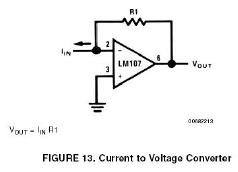
利用OP進行電流測量,有兩種方法。利用電流在電阻上的壓降,再進行電壓放大,或者直接將電流注入OP的求和點。這樣的電路,轉換得到的電壓信號可以直接加在OP放大的輸入端上。這種轉換方式有兩個不妥的地方:首先電阻的加入將會破壞電路原來的狀態,帶來測量上的誤差。其次OP的失調電壓也會被OP自己放大,并加到測量的輸出結果中去。使用電流——電壓轉換電路可以避免上面兩點不足。電路結構如圖13。輸入電流直接接入OP的求和點(反相輸入端),由KCL定理可知,OP輸出端將通過R1向這個點(求和點)提供同樣大小的電流以達到平衡,電路的增益(這里叫跨導似乎更好——譯者)由R1決定。本電路唯一的誤差來源于輸入偏置電流Ibias,該電流作為誤差,和輸入電流IIN做了代數疊加。
電流——電壓轉換電路的用途不限于電流的測量上,還可以用在例如后面的光電池放大電路中。在設計中唯一需要注意的是電路的增益的選擇,增益的選擇要做到使得偏置電流所帶來的誤差達到最小。由于信號源的電壓和內阻通常是不恒定的,OP必須對單位增益做補償。
 電子發燒友App
電子發燒友App








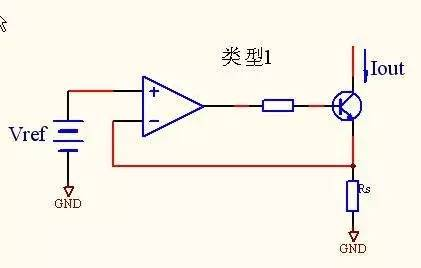
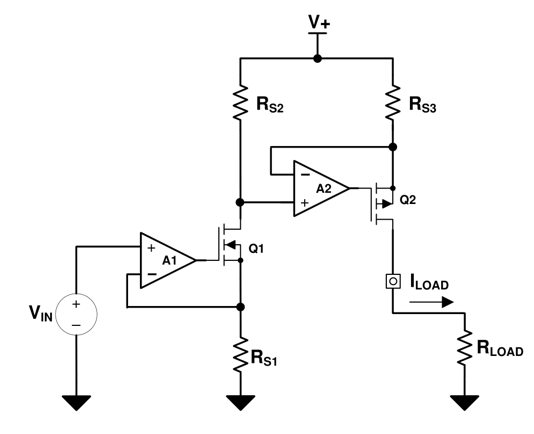


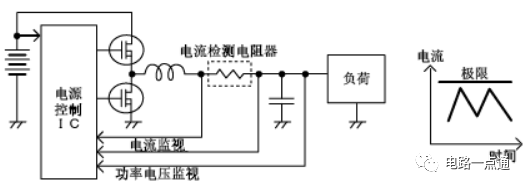







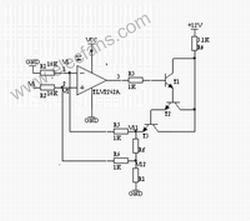
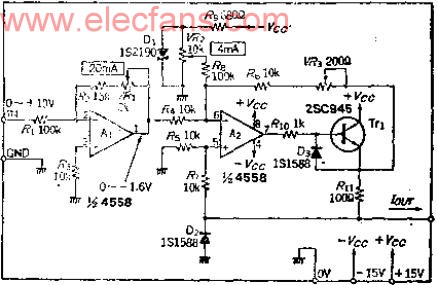

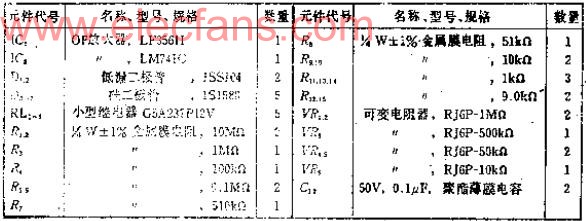
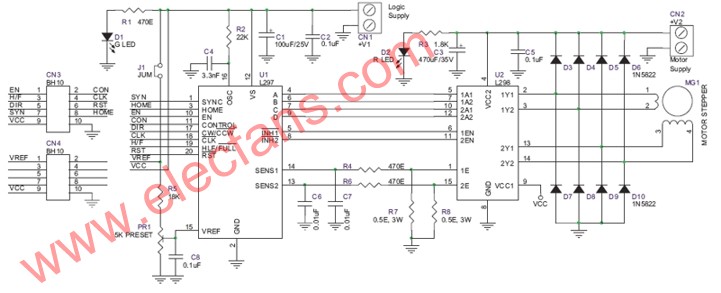
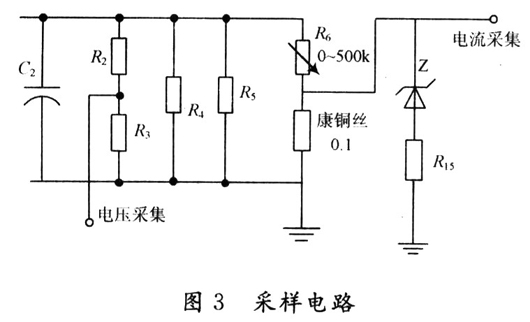
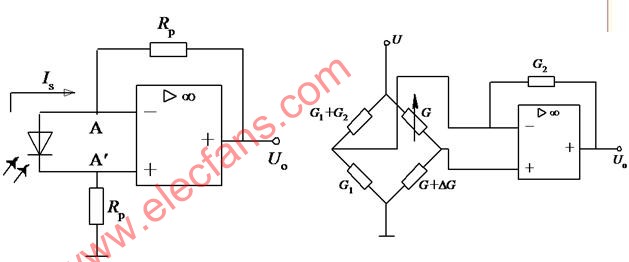
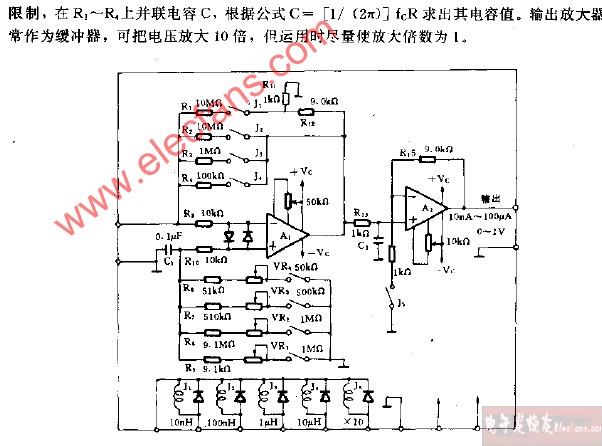
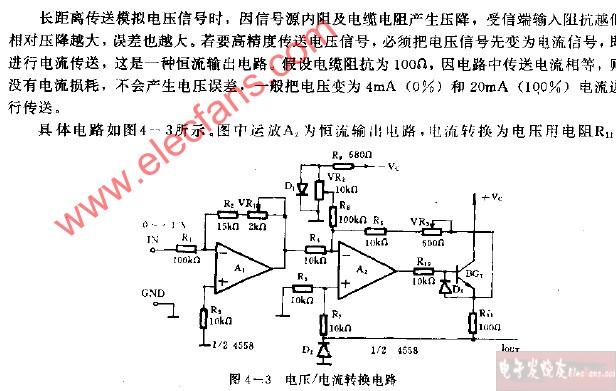
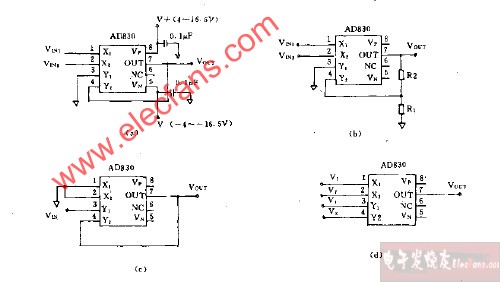
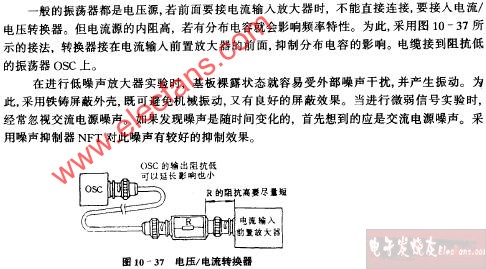
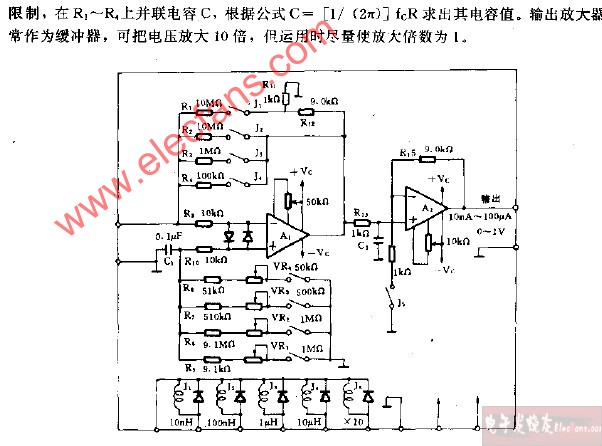
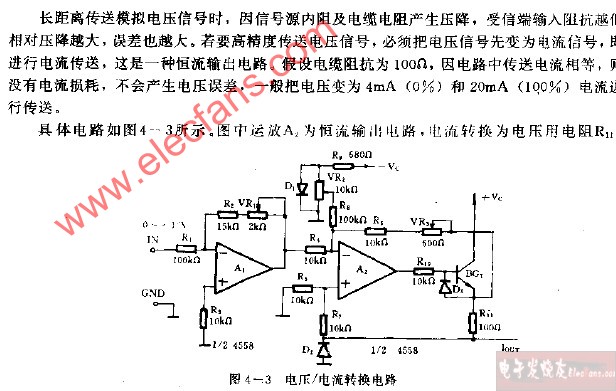
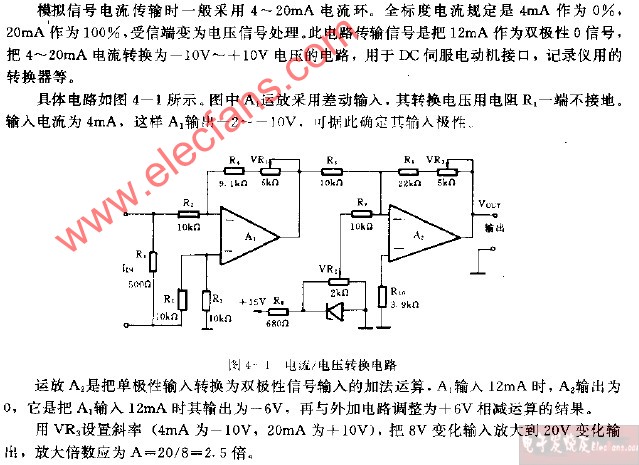
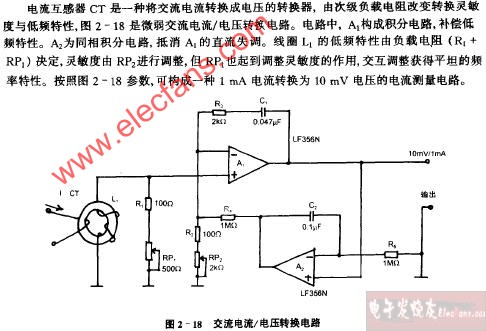
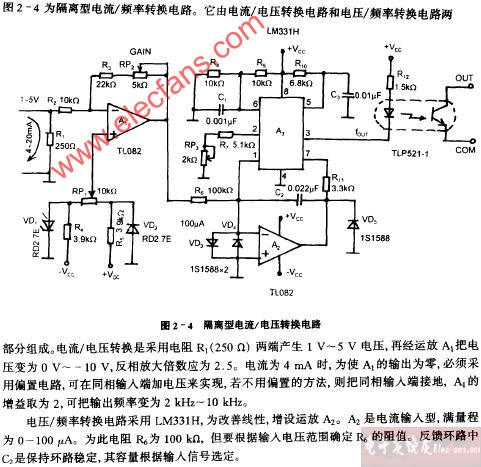
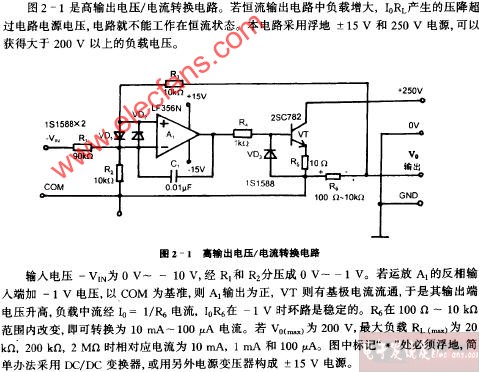
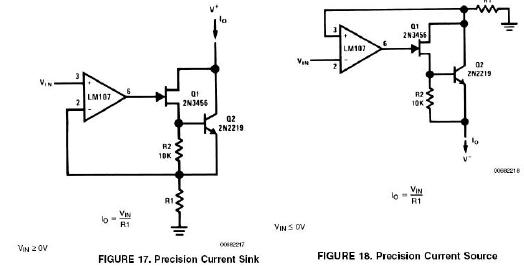
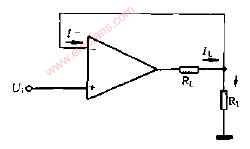

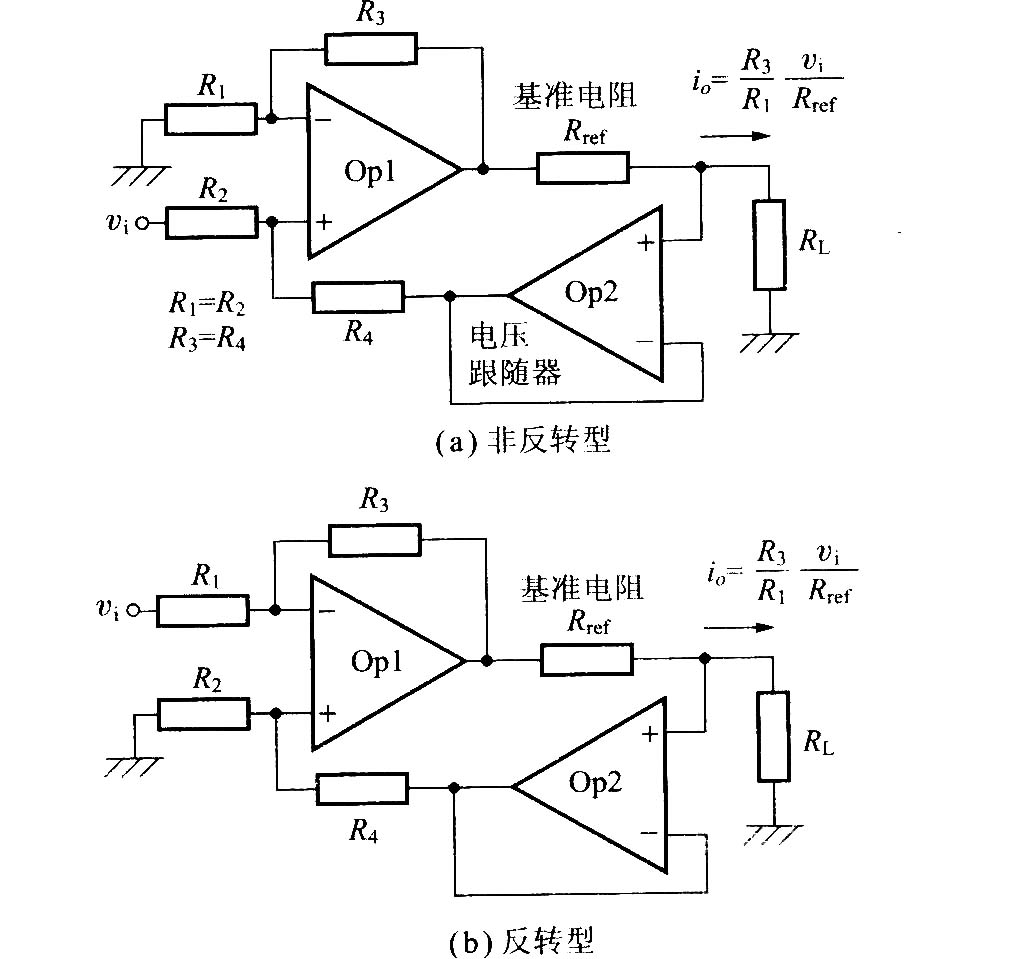
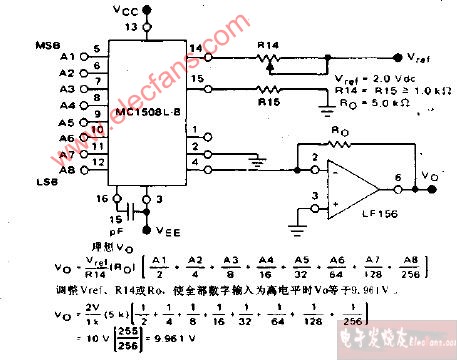
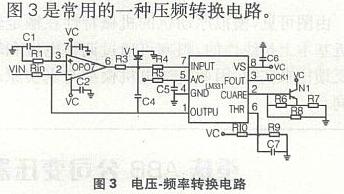
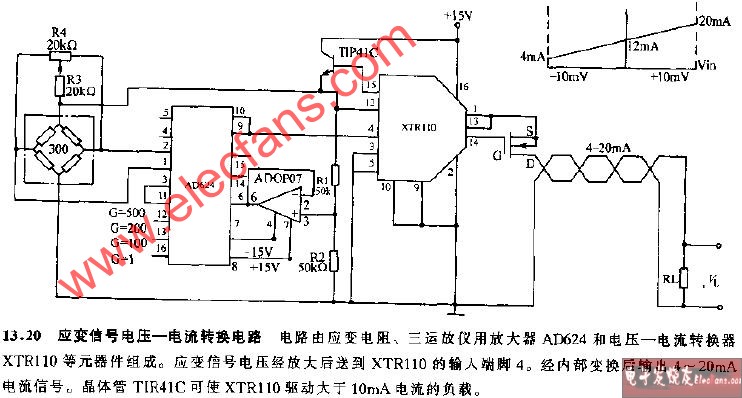
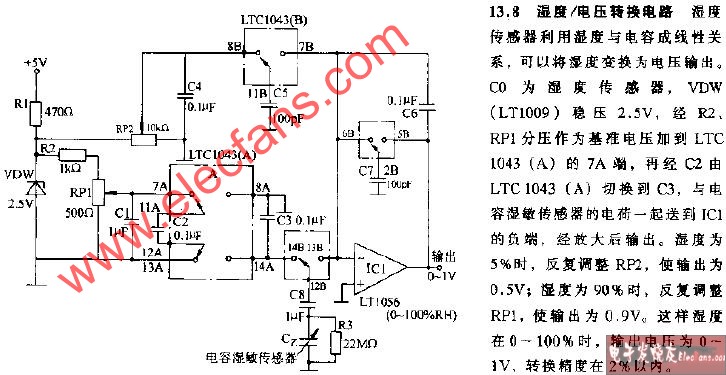
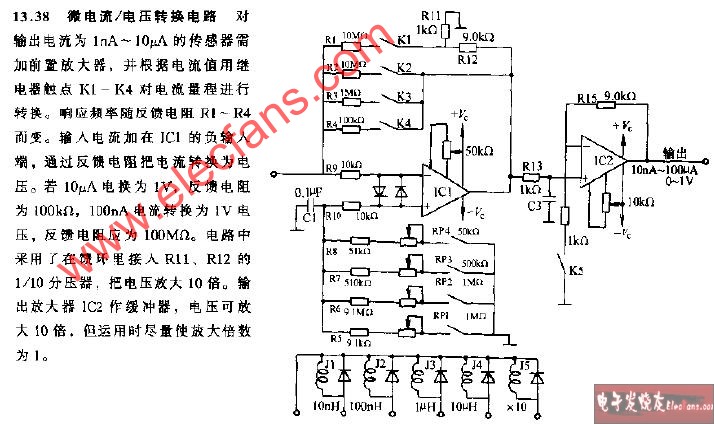
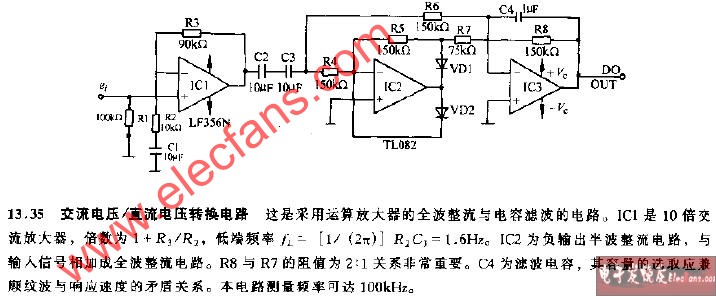
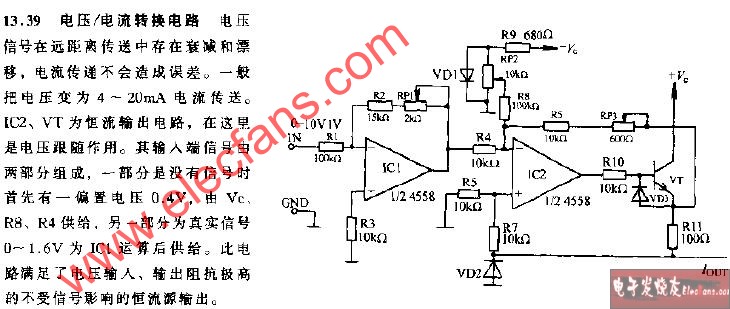











評論